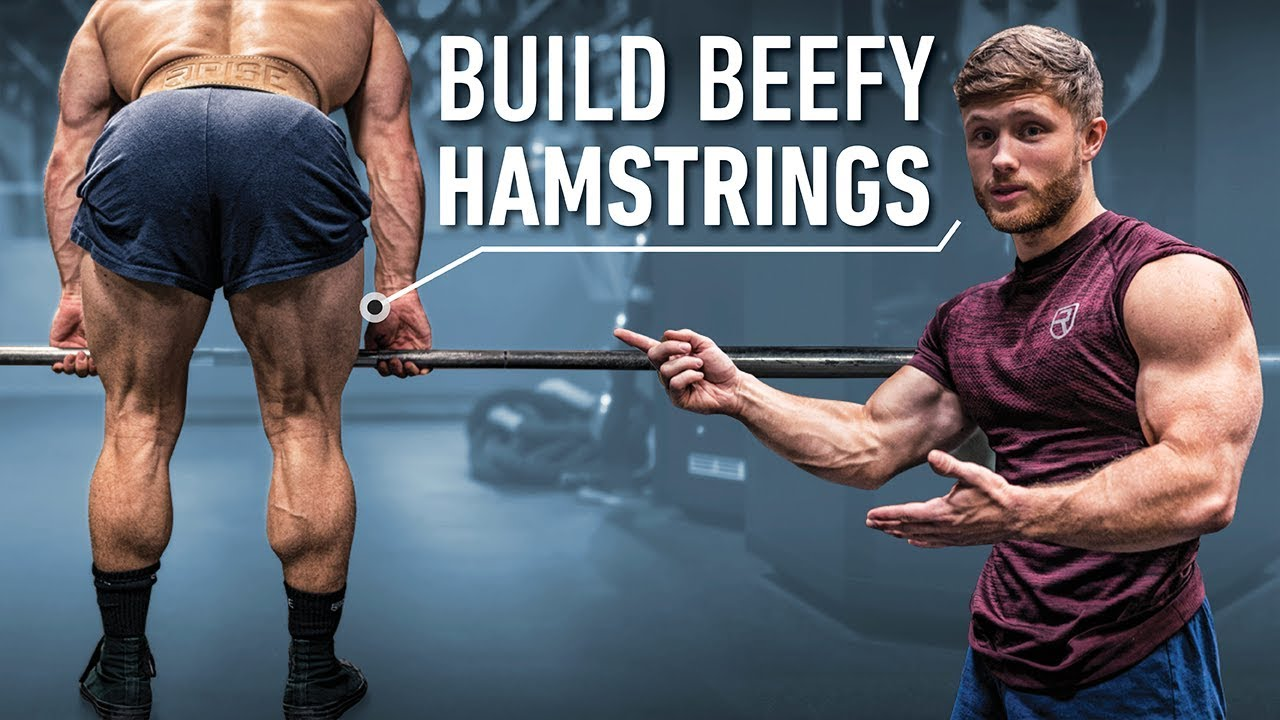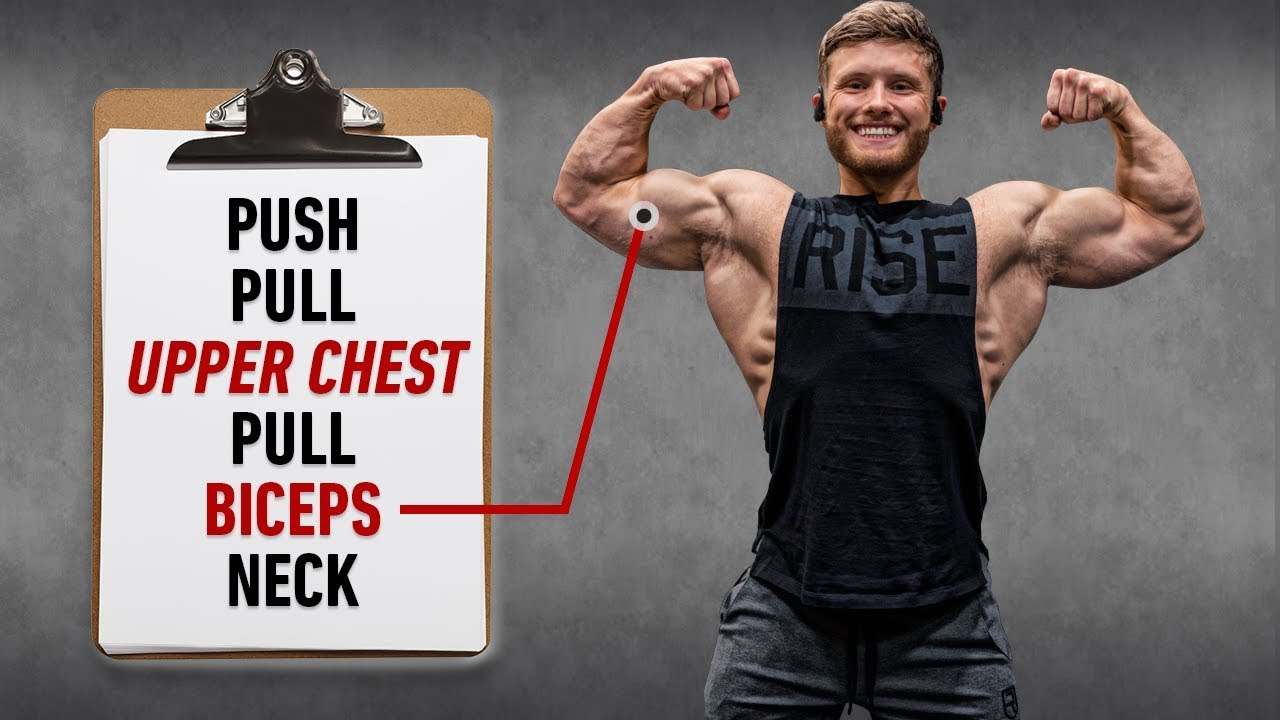Mastering the Romanian Deadlift: The Key to Building Strong, Defined Hamstrings
If your goal is to develop powerful, well-defined hamstrings, one exercise should always make the cut: the Romanian deadlift (RDL). This movement is a staple for anyone serious about lower body development and posterior chain strength. However, proper form is critical—it’s one of the most commonly butchered exercises in the gym. In this guide, we’ll break down the RDL, how it differs from similar lifts, and how to perform it with precision to avoid injury and maximize gains.
Understanding the Hamstrings: Why RDLs Work
Your hamstrings are a unique muscle group. They span two joints—the hip and the knee—which means to train them fully, you need to include two different types of movement in your routine:
- Hip extension (e.g., Romanian deadlifts, good mornings)
- Knee flexion (e.g., leg curls, glute ham raises)
By incorporating both types, you ensure complete development of the hamstrings from top to bottom. RDLs focus on the hip hinge, emphasizing the stretch and contraction of the hamstrings during hip extension. They also engage the glutes and spinal erectors, making them an excellent all-around posterior chain builder.
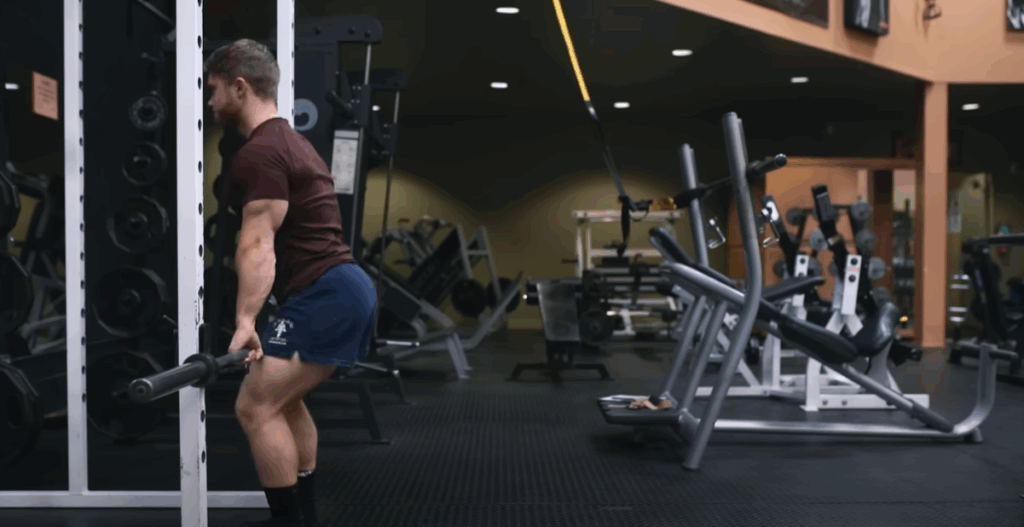
Romanian Deadlift vs. Stiff-Leg Deadlift
These two lifts are often confused, but there are key differences:
- Romanian Deadlift (RDL): Starts from a standing position, usually unracked. The movement emphasizes a hip hinge with a controlled descent. The bar typically stops around mid-shin height.
- Stiff-Leg Deadlift: Begins from the floor. The bar travels a greater distance and often touches the ground each rep. This variation incorporates more back and may resemble a standard deadlift with higher hips.
Both exercises are valid, but the RDL offers more control and is generally safer for hypertrophy-focused training.
How to Set Up and Execute the Romanian Deadlift
Let’s walk through the step-by-step setup and execution for the RDL:
1. Bar Setup
- Start with the bar racked just below lockout height (around mid-thigh).
- Take a shoulder-width stance and grip the bar just outside your thighs.
- Use a double overhand grip for lighter to moderate loads. For heavier sets, straps or a mixed grip can prevent grip fatigue.
2. Initial Position
- Step back from the rack like you would for a squat, planting your feet roughly shoulder-width apart.
- Toes should point slightly outward (5–10 degrees).
- Keep the knees soft but not bent excessively—this isn’t a squat.
- Engage your core and pull your shoulder blades back slightly to create full-body tension.
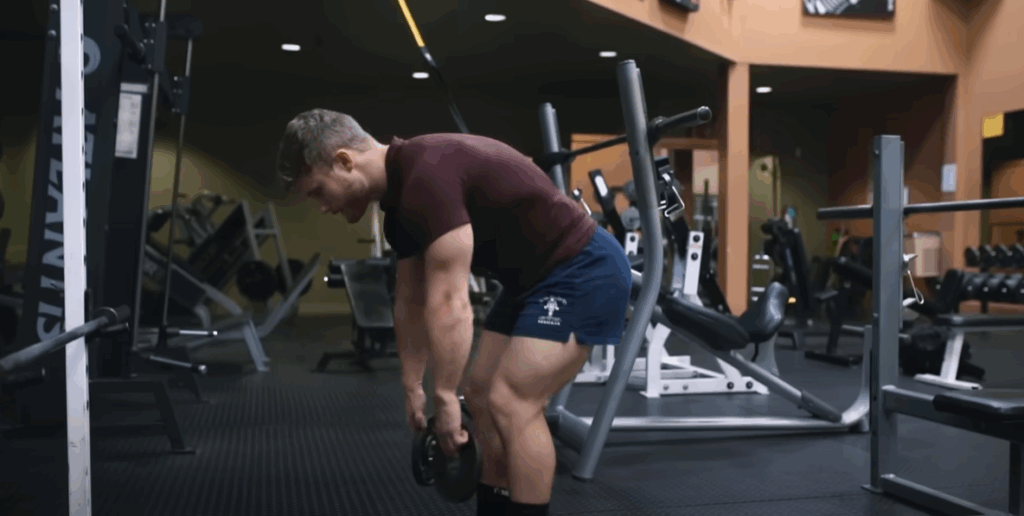
3. Descend with Control
- Push your hips straight back while maintaining a neutral spine. Think “butt to the wall” rather than “bend over.”
- The bar should stay close to your legs—no more than an inch away—gliding vertically down past the knees.
- Lower the bar until your hamstrings are fully stretched but not so far that your lower back begins to round. For most, this means stopping around mid-shin.
4. Return to Standing
- Once you’ve reached your maximum hip hinge, reverse the movement by pushing your hips forward.
- Drive through the heels and contract your hamstrings and glutes to bring the torso upright.
- At the top, you can optionally squeeze the glutes for added activation, though many prefer to stop just short of a posterior pelvic tilt to keep emphasis on the hamstrings.
Advanced Technique: Targeting Lower Hamstrings
If you’re struggling to feel your hamstrings engage, try this advanced tweak:
- Place 5 lb plates under your toes to shift emphasis slightly toward the lower hamstrings.
- This small elevation can intensify the stretch for some lifters and improve the mind-muscle connection.
- As with all variations, focus on form over range—never sacrifice posture for depth.
Common Mistakes to Avoid
Despite being a simple movement on paper, RDLs are frequently performed incorrectly. Here are the biggest form flaws to watch for:
1. Going Too Low
Some lifters assume more depth equals more gains. But if you’re touching the floor or rounding your spine, you’re doing more harm than good. The RDL isn’t a flexibility contest—it’s about controlled hip movement under tension.
2. Forward Knee Travel
Allowing your knees to move forward shifts the lift toward a squat pattern, reducing hamstring involvement. Visualize an invisible wall in front of your knees that they’re not allowed to pass.
3. Dropping the Hips
Bending at the knees or lowering the hips turns the RDL into a hybrid deadlift. This recruits more quads and defeats the purpose of isolating the posterior chain.
4. Letting the Bar Drift
The bar should stay close to your legs throughout the lift. If it moves away, you’re placing unnecessary strain on the lower back and losing efficiency.
Equipment and Variations
If a barbell RDL doesn’t feel right for you, there are excellent alternatives:
- Dumbbell RDLs: Provide more freedom of movement and are easier on the shoulders and wrists. Ideal for beginners or as accessory work.
- Smith Machine RDLs: Good for isolating the movement pattern in a fixed plane.
- Good Mornings: Another hip hinge-based lift, performed with a barbell on your upper back.
Each variation can be rotated into your routine to keep things fresh and reduce plateaus.
Programming Tips
- Reps and Sets: Aim for 3–4 sets of 8–12 reps with moderate loads. This rep range allows you to focus on form and tension rather than chasing numbers.
- Rest Periods: Rest 60–90 seconds between sets to maintain performance.
- Training Frequency: Include RDLs once or twice per week depending on your split and total lower body volume.
Pair them with leg curls or glute ham raises in the same session for complete hamstring development.
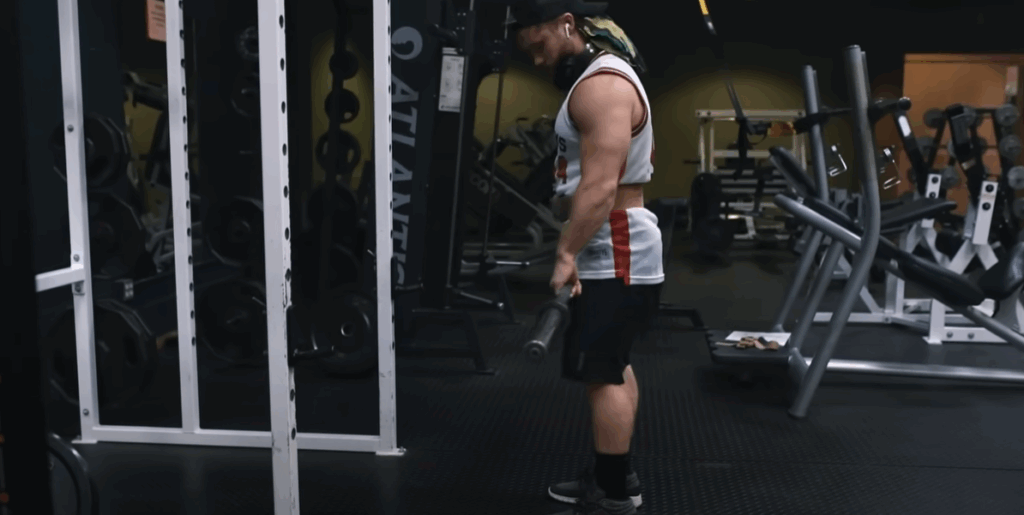
Final Thoughts
The Romanian deadlift is one of the most effective movements for building strong, sculpted hamstrings, but only if executed correctly. Focus on proper hip mechanics, controlled range of motion, and maintaining spinal alignment throughout the lift. Avoid the common traps—like excessive depth or forward knee drift—and you’ll unlock serious strength and hypertrophy gains over time.
For more guidance on incorporating RDLs into a full lower body or push-pull-legs training plan, check out my comprehensive hypertrophy programs. With a proper plan and precise execution, the Romanian deadlift will become one of your most valuable tools for lower body development.


